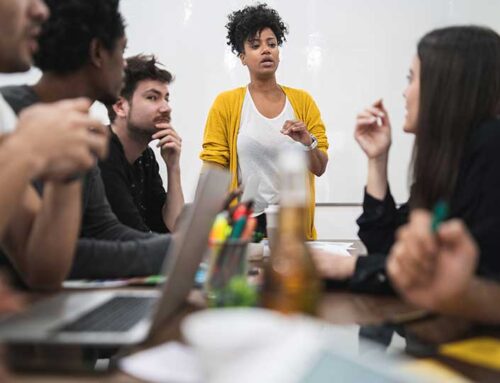Case Study
The Challenge
Student Belonging and Connectedness was at an all-time low after the pandemic caused students to be away from campus for 18 months.
The Solution
Mariah and a team of students, teachers, counselors, and leaders analyzed focus group data to pinpoint the root causes of disconnection and designed a solution inclusively.
The Outcome
Students involved in the process remarked how the process of being asked their opinion and included in the strategy-making led to increased sense of belonging.
“We saw the effects of an issue at our school, but didn’t understand what was really at the root. Mariah’s approach helped us to engage stakeholders–students and staff–in diagnosing a precise problem to solve for. This helped to ensure that our time and energy were well spent addressing the root of the problem.
Engaging with the experiences and voices of our students and staff helped to ensure that we were collectively responding to the situation, as opposed to implementing a top down approach that might have been misaligned to the needs of our community.”

Nicole Guillen
Assistant PrincipalAlliance Marc and Eva Stern Math and Science School








